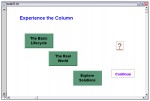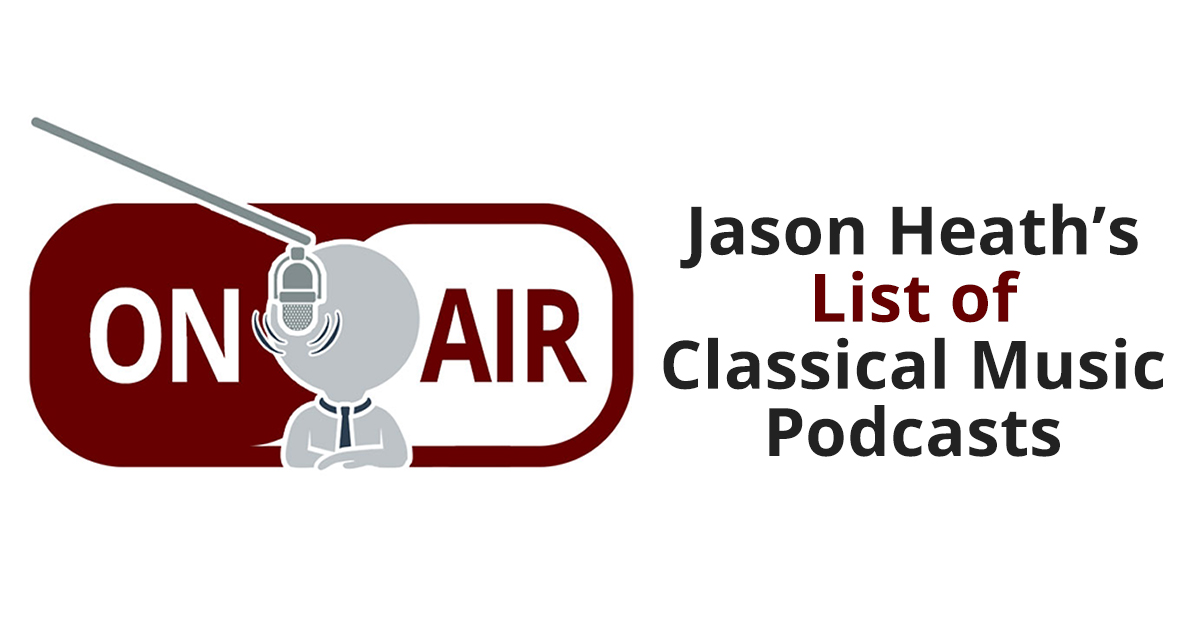Over the past year, I’ve had the pleasure of working with Bill Harris, a talented systems dynamics expert based in Seattle, Washington. In 1999 Bill founded Facilitated Systems to “offer collaborative solutions to executives who want strategies and initiatives that are tested before implementation, who want their organizations to work more productively in groups, and who want to build organizations that learn and improve more rapidly from their experiences.” Doesn’t that sound exactly like what he orchestra field needs?
Bill and I have worked together using systems thinking to explore methods to improve the sustainability of the classical music business…
You begin to get a clearer picture of how system dynamics can help the orchestra business when you read the definition of system dynamics from Bill’s webpage (emphasis added):
Complex business problems have many variables, and their interaction changes over time. Effect follows cause after significant delay. It’s hard to pay attention to the patterns; we tend to see individual events. System dynamics was developed to address just such problems.
I don’t think it’s possible to create a more accurate and concise definition of the ills which plague this field. In particular, one of the issues suffering from myopic habits formed over decades of behavior patterns is the basic concept of sustainability.
Until now, I’d never come across anyone that decided to look at this issue from a completely different point of view using tools that encourage solution oriented thinking. In particular, the model Bill and I created takes into account the much larger cyclic relationship between the source of the artistic product (orchestra musicians) and the ancillary institutions that have grown alongside the business.
![]() If you aren’t familiar with how a system dynamics model works, you need not worry. Bill utilizes an easy-to-use program, isee Player, which helps others see conceptual interconnections between systems via a graphic presentation. This particular software allows authors to communicate those systems though their models without requiring users to purchase specialized software.
If you aren’t familiar with how a system dynamics model works, you need not worry. Bill utilizes an easy-to-use program, isee Player, which helps others see conceptual interconnections between systems via a graphic presentation. This particular software allows authors to communicate those systems though their models without requiring users to purchase specialized software.
 To get started with the model, Bill utilizes a column he created in conjunction with Pegasus Communications – a company dedicated to developing new ways to communicate and apply the ideas, principles, and tools of systems thinking and organizational learning – entitled At Any Rate. The column regularly chooses a topic that would benefit from systems thinking and posts the analysis on Pegasus’ web site. Entitled, The Dynamic Lifecycle of a Musician, this model not only explores the basic lifecycle of a professional musician but continues by showing how that cycle impacts the orchestral business. The model concludes by exploring solutions that allow users to try their hand at making the world of classical music a better place.
To get started with the model, Bill utilizes a column he created in conjunction with Pegasus Communications – a company dedicated to developing new ways to communicate and apply the ideas, principles, and tools of systems thinking and organizational learning – entitled At Any Rate. The column regularly chooses a topic that would benefit from systems thinking and posts the analysis on Pegasus’ web site. Entitled, The Dynamic Lifecycle of a Musician, this model not only explores the basic lifecycle of a professional musician but continues by showing how that cycle impacts the orchestral business. The model concludes by exploring solutions that allow users to try their hand at making the world of classical music a better place.
 Even if you aren’t inclined to enjoy pushing around numbers, these system dynamics models will alleviate your concerns as they are simply fun to use. I have to warn you, however, that you’ll need to set aside at least 30 minutes when you begin exploring this model. It won’t take you that long to wade through the information; rather, you’ll need that much time, or more, to explore all the model has to offer once your mind begins to move in directions it’s not used to exploring.
Even if you aren’t inclined to enjoy pushing around numbers, these system dynamics models will alleviate your concerns as they are simply fun to use. I have to warn you, however, that you’ll need to set aside at least 30 minutes when you begin exploring this model. It won’t take you that long to wade through the information; rather, you’ll need that much time, or more, to explore all the model has to offer once your mind begins to move in directions it’s not used to exploring.
 One of the best components within the model is the ability to explore solutions. Once you’ve discovered just how interconnected the lifecycle of a professional musician is to the sustainability of the orchestral business, you can begin to use another model that will help you project outcomes based on changes to components within that lifecycle.
One of the best components within the model is the ability to explore solutions. Once you’ve discovered just how interconnected the lifecycle of a professional musician is to the sustainability of the orchestral business, you can begin to use another model that will help you project outcomes based on changes to components within that lifecycle.
In the end, this particular model is useful for a wide range of components:
- Governance: orchestra boards and administrators
- Academia: conservatories/schools of music and arts administration programs
- Musicians: professional, amateur, and hobbyist
Detailed instructions for downloading and using the free isee Player, system dynamics model, and begin exploring the learning lab, visit the At Any Rate column: http://www.pegasuscom.com/AAR/model7.html.
Resources
About Bill Harris and Facilitated Systems
Bill’s weblog: Making Sense With Facilitated Systems


